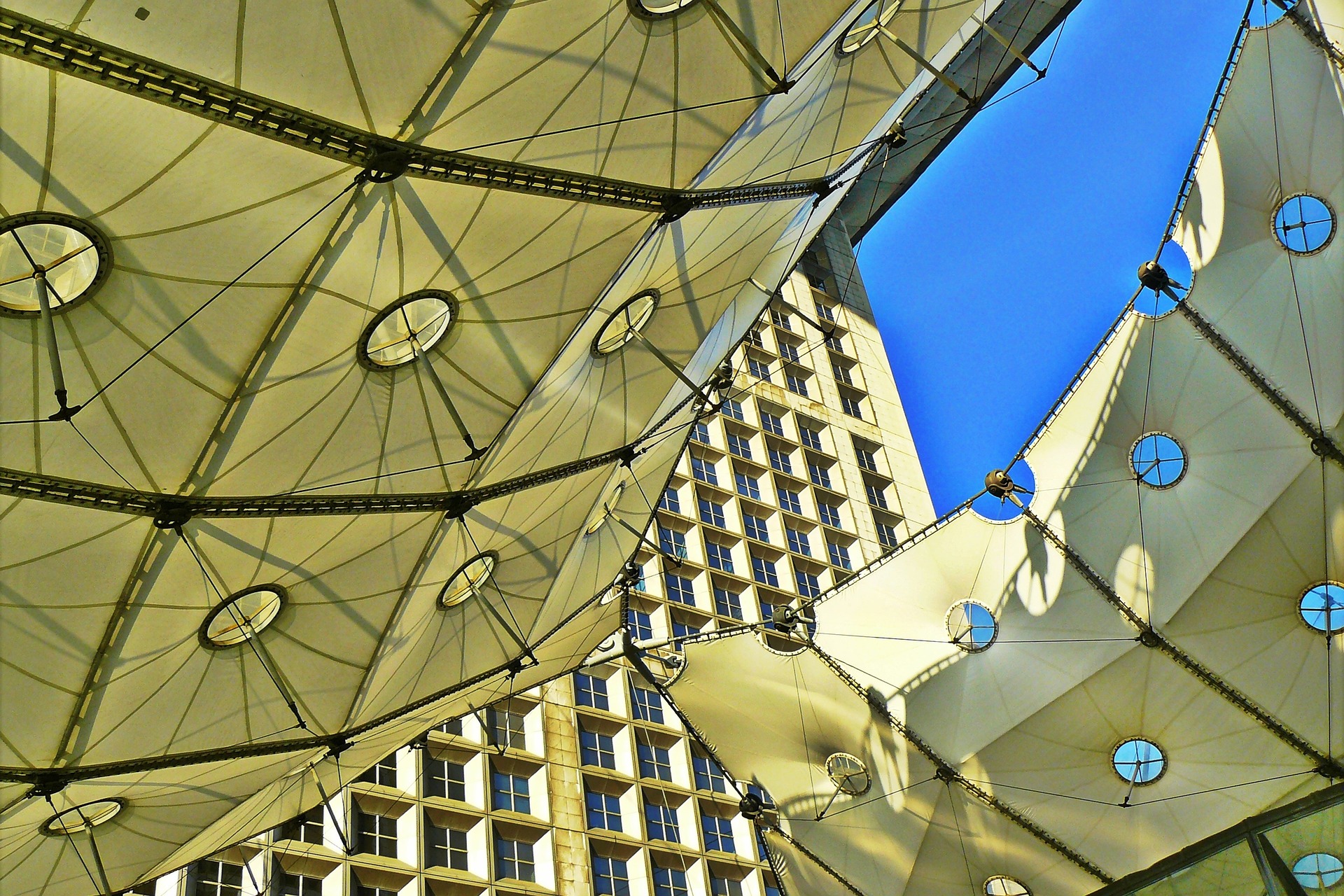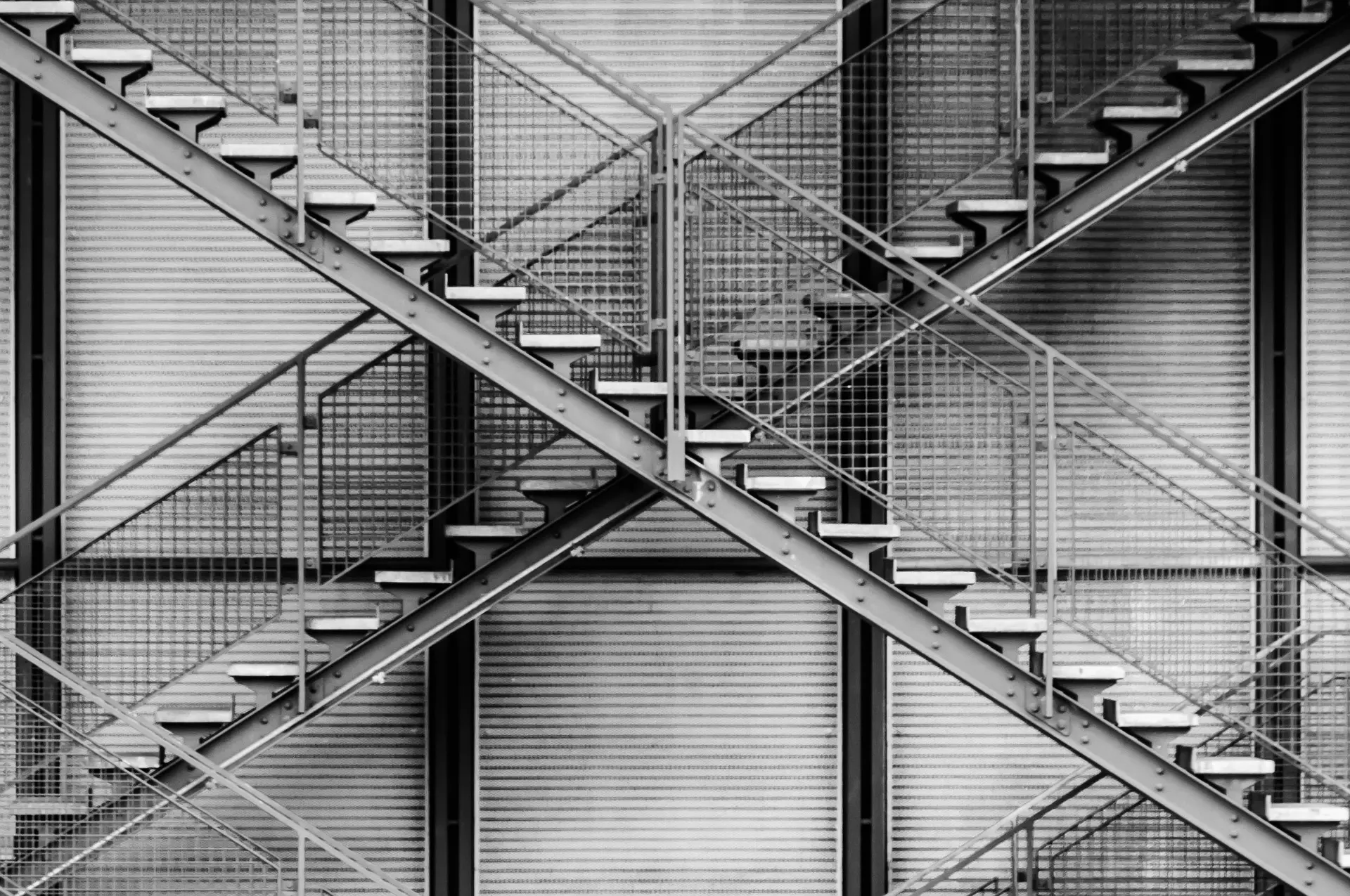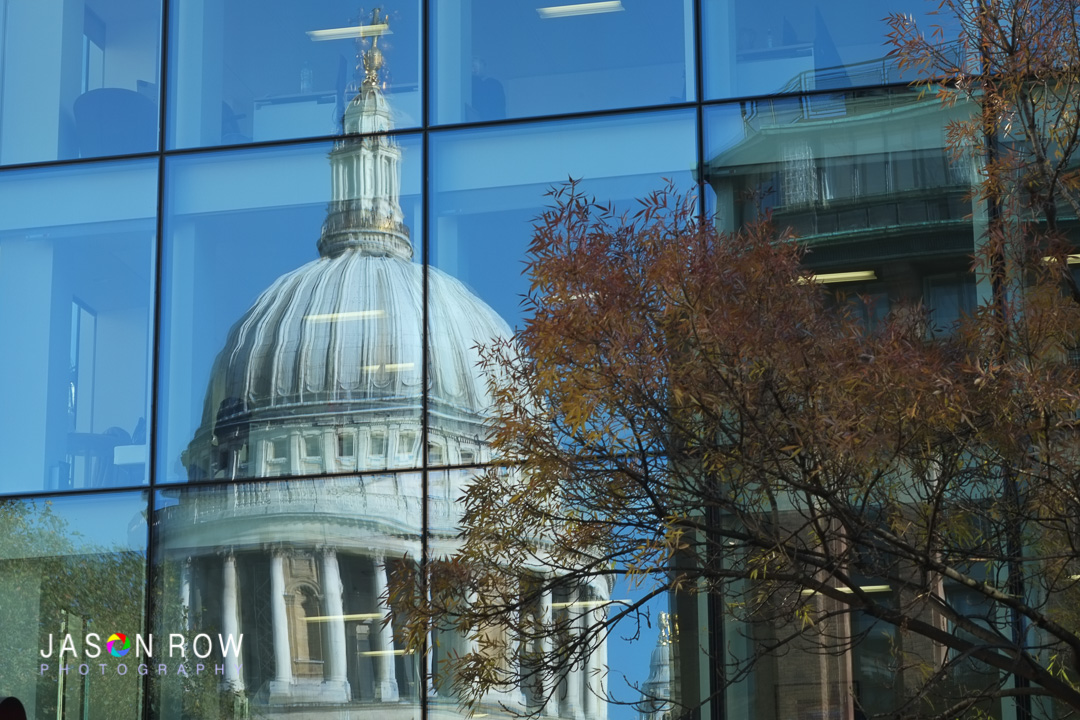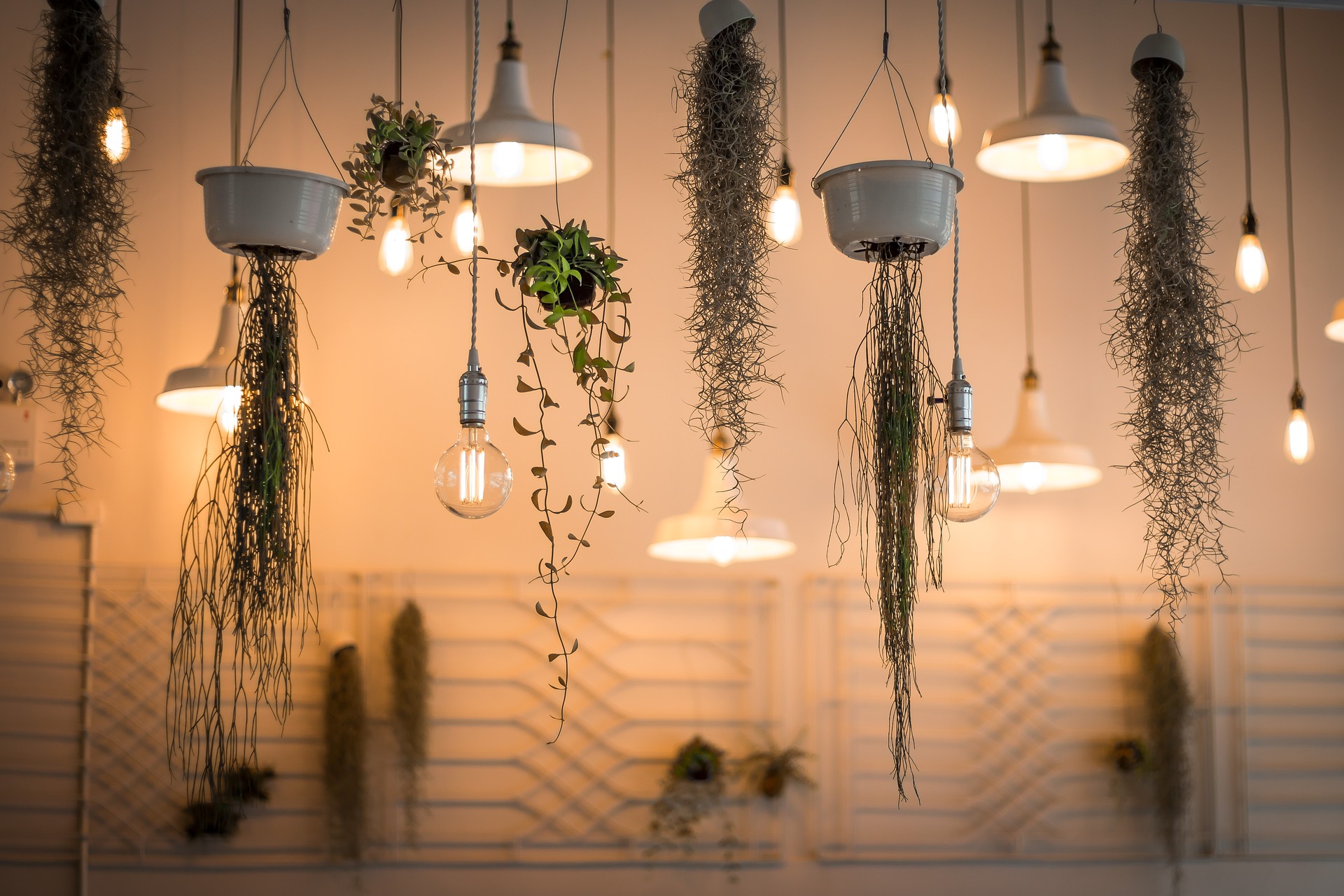It's not difficult to find similarities between architects and photographers. Both professions combine the creative with the technical, both allow the artist to stamp their own vision on a place.
While a photographer stamps that vision by recording a split second in the life of a location, an architect will define that location for decades to come. It’s no wonder then that architectural photography is such a popular genre.
Buildings may be permanent, but the way they interact with the environment they inhabit changes all the time. As photographers, we can capture those subtle changes. There is, however a misconception amongst newcomers to architectural photography, that pretty much all shots are done with a wide-angle lens.
Today we are going to dispel that myth and tell you why shooting without a wide angle can give you amazing architectural photographs.
The Devil Is In The Details.
To truly appreciate an architect's work you need to look closer at their structures. Buildings are full of tiny little details that often define the structure.
Using a telephoto lens and some great light you can shoot those details in such a way that it gives us an insight into the thought process of the person that design it. These details can be anything from the beautifully crafted gargoyles on a gothic cathedral to the modern geometric design of an airport terminal roof.
A good architectural details photo will tell us what the building is without ever showing us the whole structure.

Geometry and Symmetry
The geometry that is so profound in modern airports is found in all structures and makes a great subject for a photograph. Beautiful arches, harsh diagonals, spirals, squares and rectangles all may be found in virtually any type of architecture. Depending on the building, a standard lens can be used to capture repeating geometric patterns within a space whilst a telephoto can isolate a single shape within a structure.
Symmetry is also often found in most architecture from most eras. Entrances and windows are often a great source of symmetry with details balancing either side of the main subject. Often these details have been added to draw attention to the entrance. Here a standard or moderate telephoto lens would be ideal as you wish to avoid converging parallels.

Contrast and Juxtaposition
One of an architect’s considerations is how their building will interact with the environment in which it is situated. The building may be designed to be sympathetic to its neighbours. Perhaps a modern building in a row of old townhouses.
It may be deliberately different from its surroundings, screaming for the visitor to look at it. This is something that we photographers are perfectly suited to capturing.
Again the use of a standard or moderate telephoto is preferable to a wider lens. We are trying to highlight either that sympathy or juxtaposition by isolating it in our shots. It might by the spire of an old church juxtaposed by the glass and steel of a modern building, or perhaps the gentle curve of a roof in sympathy with surrounding hills.

Interiors
The inside of a building is just as much an expression of the architect's creativity as the outside and also another great place to shoot without a wide angle. All of the points above apply not only to the exterior but also interiors. The symmetry of a grand entrance hall, geometry in a spiral staircase, exquisite details can be found in interiors old and new. Another thing we can look for inside buildings is the way the light illuminates the interior. Has the architect tried to use as much natural light as possible? Does this cast interesting shadows on the interior?
Look at the way windows and skylights illuminate sections of the interior space and try to isolate its subtlety. In larger interior spaces a telephoto lens can be used to compress the view. Perhaps a moderate telephoto shot down an ornate arcade or isolating the symmetry of train platforms in a Victorian train station.

Architecture is an endlessly interesting genre for the photographer. By thinking “beyond the wide” we can capture the subtle details and contrasts of buildings both old and new. Next time you plan to shoot some of your local architecture, leave that wide at home. You will be pleasantly surprised at the results you get.





1 Comment
I’ll do that next time, thank you for the tip!